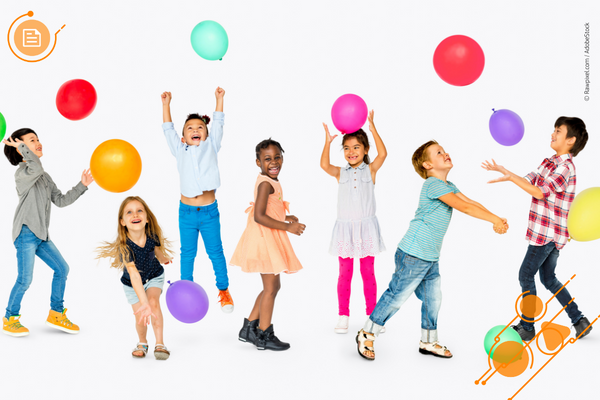eTwinning Kit

A Magical Journey to the Wonderland of our Emotions
This project kit aims to promote emotional awareness, empathy and collaboration among young pupils from different schools around Europe.

This project kit aims to promote emotional awareness, empathy and collaboration among young pupils from different schools around Europe. Through engaging and interactive activities related to emotions and well-being, young learners will connect with peers, express their feelings, and work together in a supportive and inclusive environment.
Additional information
-
Age from:up to 3
-
Age to:6
-
Difficulty:Intermediate
-
Education type:Early Childhood Education and Care
-
Target audience:Head Teacher / PrincipalStudent TeacherTeacherTeacher Educator
-
Target audience ISCED:Early childhood education (ISCED 0)
